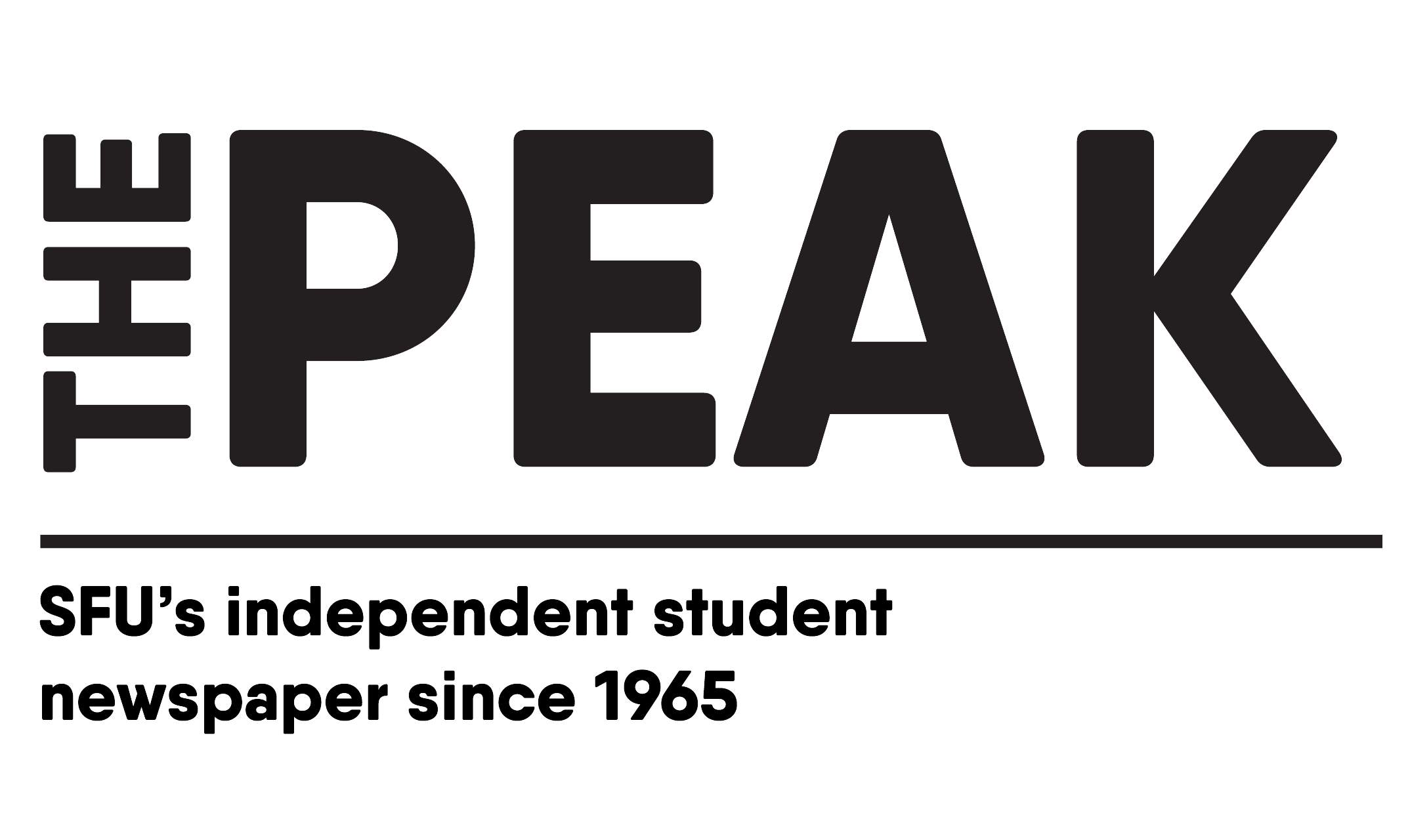By: Youeal Abera
Michelle La, a master’s student studying anthropology at SFU with a focus on economic anthropology, is one of the most intriguing academics I’ve ever met. Researching the explosive subculture of the sneaker industry, Michelle studies the rapidly expanding economy surrounding it. Whether she’s analyzing the social processes that get people lining up for new shoes, keeping an eye on nuanced, widely coveted brands, or diving deep into the racial history of the industry, Michelle has become exceptionally versed in sneaker culture. I had the privilege of sitting down with Michelle to discuss her exciting research as an MA student.
P: Can you tell me a little more about the research you are currently conducting?
ML: I study sneaker enthusiasts, a.k.a. sneakerheads. I study the economic practices and methods people engage with in this informal economy. I also analyze the physical and digital spaces in which sneaker enthusiasts partake in their economic activities.
P: As an anthropology student, what prompted you to select the idiosyncratic world of sneakers?
ML: Firstly, I chose to focus on this field of research because, to my knowledge, no one has written about it yet. My first love wasn’t the social sciences; my first love was fashion. I wanted to ask important questions about cultures, and, through my research, I wanted to make the familiar strange and the strange familiar. In terms of the sneaker world, I wanted to use my research to help understand the individuals within its culture.
P: What have been some of the most notable events you’ve experienced within your research?
ML: What’s interesting is that, depending on the city you’re in, what’s considered “desirable” in the sneaker market varies. Whether you’re in Vancouver, Toronto, Los Angeles, or Paris, the taste or demand in sneaker brands will be nuanced.
I remember being in LA during February of 2016. I was in a line-up on the release day of an Adidas Ultra-Boost drop. However, on that same day, there were a new pair of Jordans being released. So, as I was lining up in front of the LA sneaker shop, Undefeated, I suddenly became confused because I couldn’t believe that people in this long line were waiting for different sneakers. I’ve never been in a line where that happened.
P: Do you ever face pretentious attitudes from other anthropologists regarding your research?
ML: First of all, I usually get a “Whoa, I didn’t know this market existed!” So, that’s funny.
I presented at an economic geography conference at a university in Kelowna this past summer. This was in front of a group of prestigious economic geographers. I was one of the very few women of colour in attendance, and I’m heavily tattooed as well. I was fairly nervous.
One of the best comments I received came from a man in attendance. After my presentation, he told me that “my research troubles economists,” because my research challenges the idea that the marketers and companies solely determine what’s of value. My research shows that sneakerheads are so engaged within the determining of what shoes are or aren’t hot, so it challenges the old norms in which economists usually abide within.
So sure, people are surprised when I first tell them what my research is based on. There’s skepticism at first, but once I explain what my work is and what’s important about it, they grow more intrigued.
P: Have you ever felt jaded in the sneaker-world simply because you’re a woman?
ML: I think so, but not just for being a woman. I’m a particularly young-looking woman. I am young. I’m a woman of colour. I’m in an industry that’s quite male-dominated.
A peculiar type of sexism I experience in the sneaker game is when guys try to impress me with unscrupulous behaviour. They don’t see me as an economic threat. While conducting research, I’ve had guys try to flirt with me. A lot of guys grow surprised when they find out that I know a lot about the sneaker culture.
I think my race plays more of an influence on how I’m treated in this industry. I think that perhaps if I wasn’t a person of colour, maybe some people would have been more forthcoming with sharing what they’ve observed, themselves, in the sneaker culture. However, for the most part, I’ve been respected.
P: Sneaker culture was manifested from the hip hop culture, which in turn was created by Afrocentric people. As the sneaker culture becomes progressively mainstream, do you think people should fear it becoming whitewashed?
ML: I don’t know if I have enough data to fully support this, but the research I now have suggests that the sneaker culture is a commodification of black masculinity. If you go to the culture’s history, it emerged from the Afrocentric neighbourhoods of New York. At its genesis, the culture helped Black boys express themselves and present their identity.
Now, with the sneaker culture’s biggest trendsetters (like Kanye West and A$AP Rocky), Blackness has been associated with what’s cool, edgy, and deviant. I don’t think people understand that it’s Blackness that’s made the sneaker culture “cool.”
Since the commercialization of the sneaker culture, blackness has been appropriated. Therefore, the sneaker culture has already become whitewashed.
P: What’s the most imperative realization you’ve made in your research?
ML: I think the most important thing, both inside and outside of my discipline, is that we need to stop looking down on millennials because the way we’ve found ways to monetize and create communities, platforms, and channels in this economy is truly spectacular. Typically, us millenials do get a lazy reputation. Hopefully, my research challenges this pre-conceived notion that’s been placed on us.
As she continues to discern the unique aspects of the sneaker culture, Michelle provides more insight into both the social constructs and buying and selling processes sneaker-heads partake in. Her work is an excellent reminder that the amalgamation of individuality, creativity, and hard work that makes us all up has a place in the world of academia. More information on Michelle’s research of the sneaker economy, and culture, can be discovered on her website: https://www.mla.space/sneakers/ .





[…] we’re highlighting Michelle La, a master’s student studying the subculture of sneaker enthusiasts at Simon Fraser University (SFU) and a research assistant at the ScholCommLab. In this post, she […]